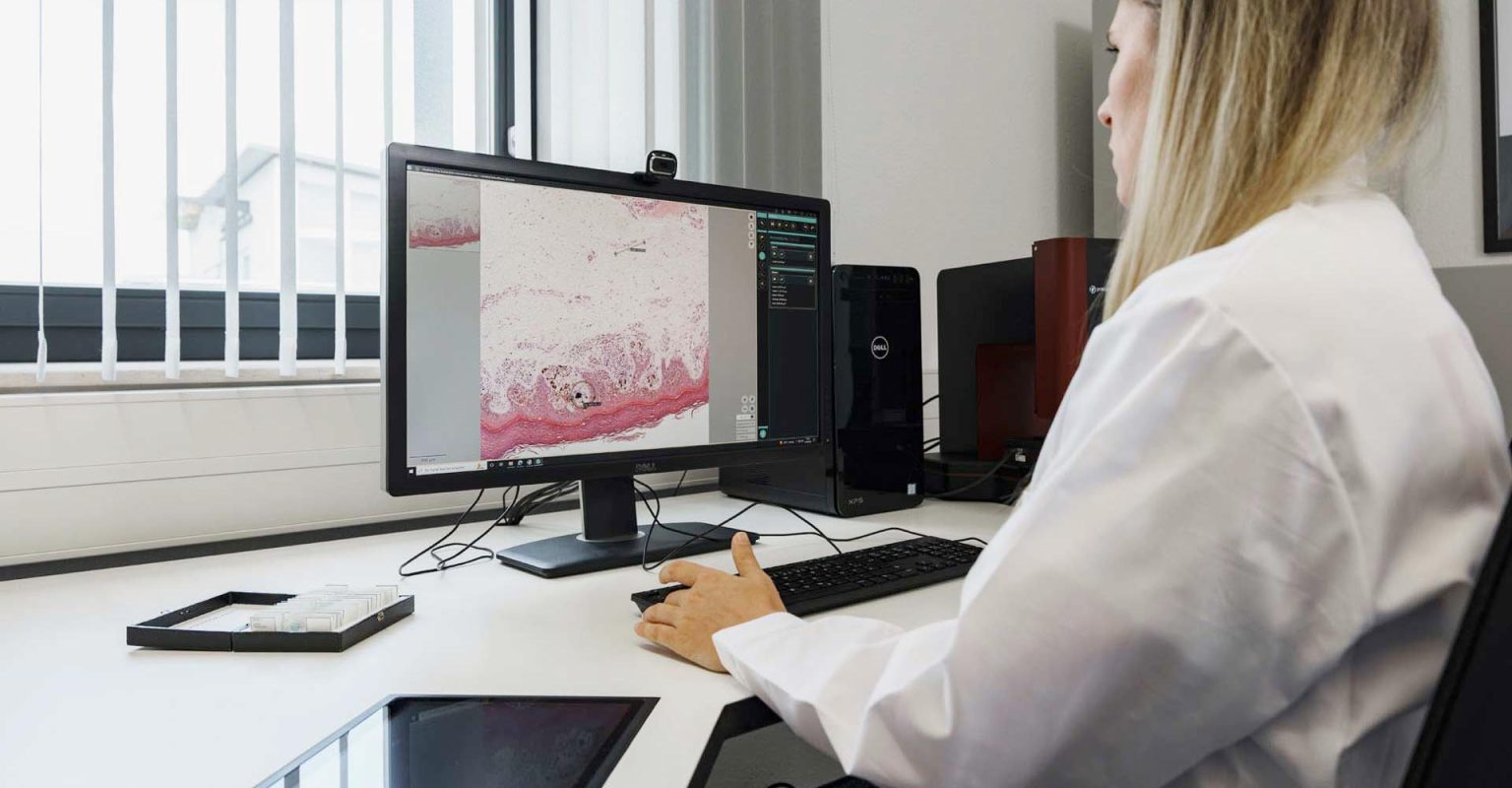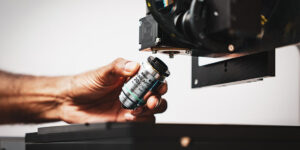Synopsis
Not only for pathologists but also for other medical experts, a digital microscope represents one of the best solutions to achieving high-quality work. Though an exceptional level of work is achieved when using the right resolution, magnification, proper objective, lighting functions, and regular maintenance, there are some valuable tips and tricks, when followed, add to the quality of analysis and longevity of the digital microscope. This insider knowledge and expertise on topics such as ways of optimizing the functionality, how to take appropriate care of the device, and how to enhance the software and hardware is what every user of digital microscopes must be aware of. Continue reading to learn the trade secret of maximizing the potential of your digital microscope.
With a digital microscope, scientists, researchers, and other professionals can do a lot. One of the most important advantages of digital microscopes is that the tool provides high-quality, high-resolution images that can be observed from numerous angles and perspectives. They are clear and precise and represent a great solution for science papers or diverse types of presentations. Digital microscopes are widely used nowadays. In addition to other benefits, pathologists and other experts can also take a shot at their specimens and observe them later. However, to properly use a digital microscope, it is important to become familiar with all its capabilities and limitations, as well as with the proper techniques and maintenance tricks for using the microscope.
Stay Ahead with Insights from Precipoint!
Welcome to our newsletter! Be the first to know about our latest products, services, webinars, and happenings in PreciPoint. Don't miss out on this opportunity to stay informed. Subscribe to our newsletter today!
By clicking “Subscribe”, you agree to our privacy policy.
Resolution and Magnification
One of the most important things to pay attention to is the resolution and magnification capabilities. Scientists and researchers know the importance of high-quality, clear, and detailed images. If the resolution and the magnification are not high, the images will be blurry and unclear. Additionally, if the magnification is low, then some details can easily be overlooked, thus jeopardizing the analysis. To achieve the best results, it is crucial to use the right magnification for all activities, whether it is during classroom teachings or specimen analysis to understand the issue.
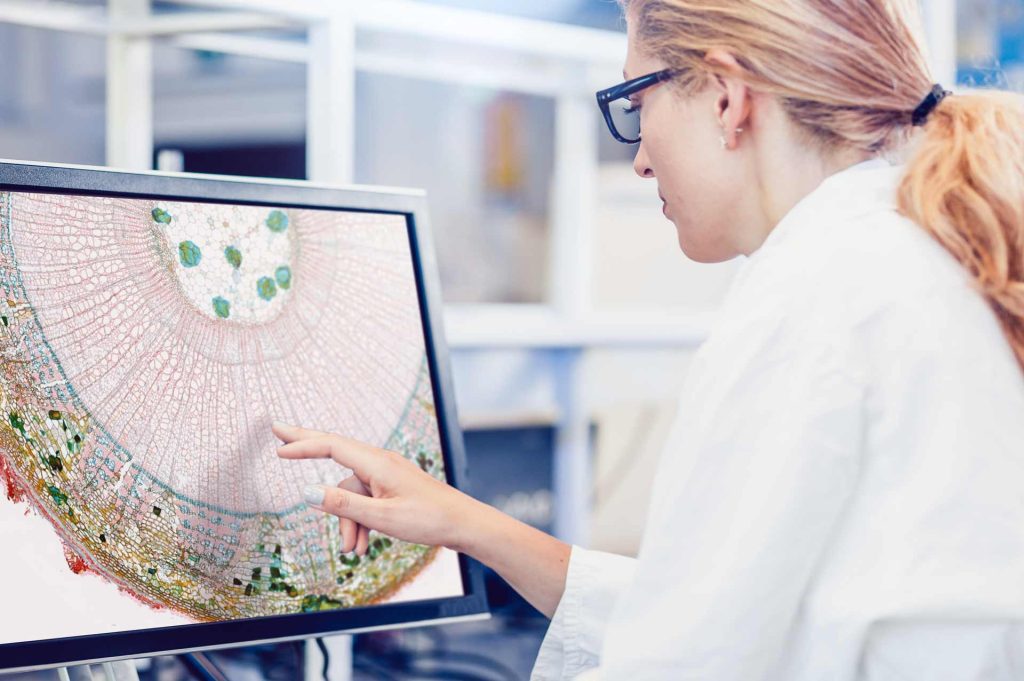
Lighting Functions
Another key aspect of maximizing the potential of your digital microscope is the use of proper lighting. The reason for that is simple: different types of samples may require different types of lighting, such as brightfield, darkfield, or fluorescence. When working with transparent or translucent samples, brightfield lighting is recommended. When working with opaque or low-contrast samples, it is best to use darkfield lighting. One of the practical pitfalls in image acquisition is neglecting the HDR function. This function will allow you to see details on parts with a low level of contrast. If you work with samples that contain fluorescent dyes or proteins, it is best to use fluorescent lighting.

Proper Objective
One of the ways to increase the potential of your digital microscope is to use the right type of objective for the sample you are observing. A digital microscope has a wide field of view. You need to be aware that the lenses are the microscope’s jewels. A good digital microscope has good field-of-view objectives with the best lenses. The numerical aperture is also critical for producing high-quality work results. It is inscribed on every objective lens and most condenser lenses. The number indicates the lens resolving power. You also need to pay attention to the fact that a high numerical aperture results in a low depth of field and vice versa. Today, there are diverse objective lenses on the market that have diverse magnification and resolution capabilities. So, before acquiring the proper objective, it is recommended to think about the requirements of your work. Additionally, it is also important to use the correct focus and aperture settings for the highest quality of your work.
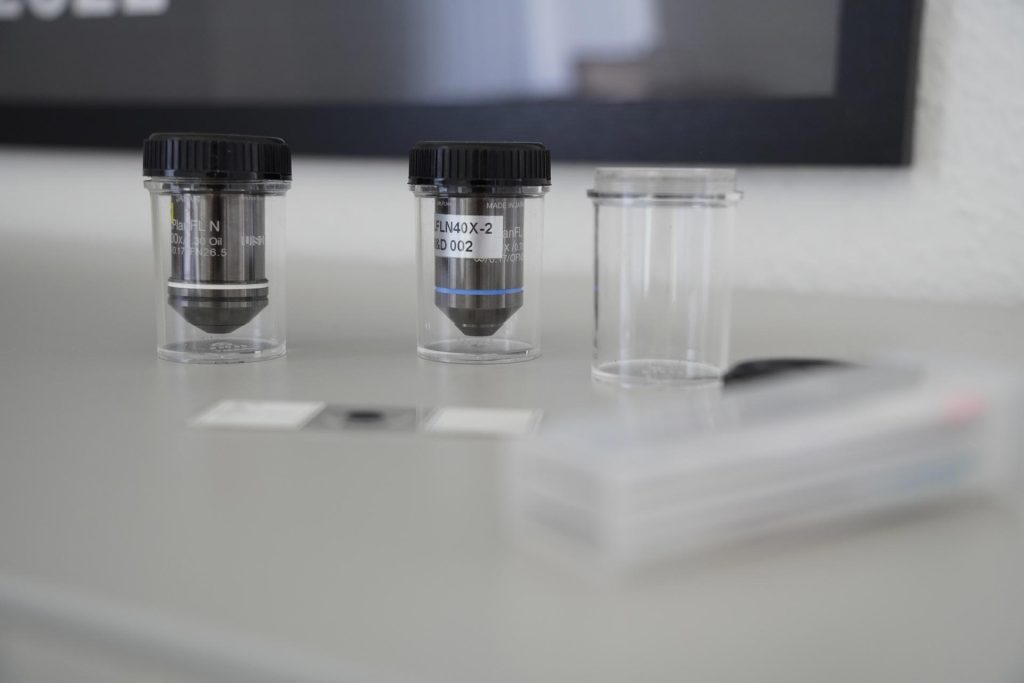
Regular Maintenance
For you to work on your maximum caliber, it is important to keep your microscope well-maintained and use it in the right working conditions. Attention must be paid to regular cleaning and calibration. The lens, digital LCD/LED screen, eyepieces, head, frame, nose piece, aperture, and other parts need to be free of dust and all other types of dirt. The software and the firmware you are using need to be updated, so they can always perform at their best.
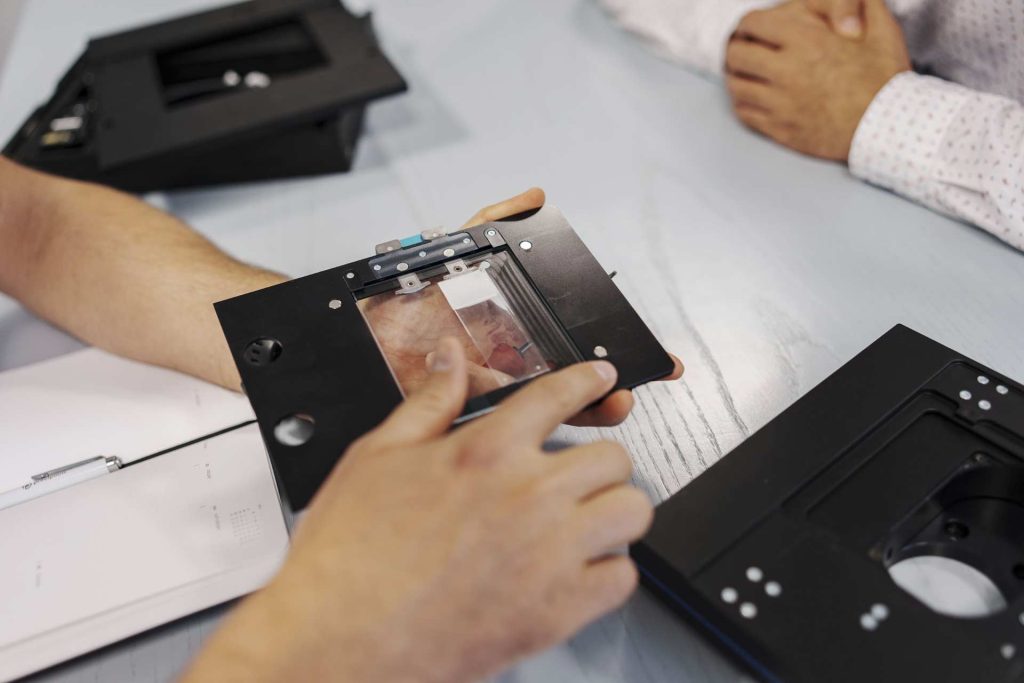
Quick Tips and Tricks
There are also some expert tips and tricks to achieve the highest quality output with a digital microscope. Successful handling of a digital microscope doesn’t concern only adjusting the proper image characteristics. It also means adjusting your software properly, taking the necessary security measures, taking care of the functionality, proper maintenance, and other aspects of the digital microscope. It is important to consider that the digital microscope’s characteristics are intertwined. For example, only if your digital microscope is properly maintained, will you be able to maximize all of its potential and have high-quality images.
Optimizing Functionality
- Lighting of the microscope needs to be adjusted according to the specimen.
- For the best analysis of your images, use the measurement and annotation tools.
- When working with living specimens, it is recommended to shoot a short video. Taking too many images can disturb the specimen.
- If the surface on which the microscope is kept is not stable, vibrations during use can make the images blur.
- Certain structures or features require different color settings to enhance visibility. Thus, understand your specimen and the aim of the activity before getting started.
- Image quality can be improved by trying different brightness and contrast level.
- If you work with thin sections, you can adjust the focus and lighting to see the details in depth.
- You can quickly set up the microscope for diverse specimens by saving the microscope settings.
- If you work with live organisms, you can use low light settings to minimize disturbance and stress for the specimen as much as possible.
Appropriate Care
- The best image quality is achieved with a clean lens and stage. So, clean them before use.
- Never remove the case cover. Touching internal parts with your hands may result in electric shock and also compromise the functionality of the digital microscope.
- Use a soft, clean, lint-free cloth to wipe the lenses of the microscope. If there are stubborn dirt or stains, use a lens-cleaning solution and a lens tissue to gently remove the dirt.
- Whenever possible, cover the microscope when not in use. This will protect the microscope from dust and other contaminants.
- Make sure that the power source is stable and consistent. Electricity fluctuation damages the microscope.
- Calibrate your digital microscope properly before you start your work.
- Always handle the microscope carefully, avoiding any unnecessary impacts or movements.
- Always store the microscope in a cool and dry place, away from direct sunlight, to prevent any damage from temperature or humidity.
- Follow the manufacturer’s instructions for the maintenance and use of the microscope.
Software and Hardware
- Use the highest resolution setting possible. Only the highest resolution will allow you to observe all the details necessary for your purpose.
- If you need a clear image, experiment with diverse settings of the software used.
- If you need a complete view of the specimen, take multiple images with diverse magnifications.
- Save and organize your images and videos to find them later more easily.
- Use the zoom feature to observe diverse areas of the specimen without the need to change the magnification.
- Microscope software features can help you enhance and process the images as per your requirement. Take full advantage of it.
- If you need to time-lapse the video of living specimens, use the microscope’s built-in timer or a stopwatch.
- If you need a larger field of view, you must use specific software to create a montage of multiple images.
- Always use updated software and firmware.
Conclusion
To fully utilize the capabilities of your digital microscope, it is important to have a thorough understanding of its functions and limitations and to use proper techniques and equipment. Regular cleaning and maintenance of the microscope are also crucial. It may take some time for new users to become familiar with all the factors involved, but having a complete understanding of the microscope’s features and limitations is key to achieving precise and high-quality results. There are always tips and tricks that you can follow for a better quality of work and add robustness and resilience to your already reliable fully motorized digital microscopes from PreciPoint.

